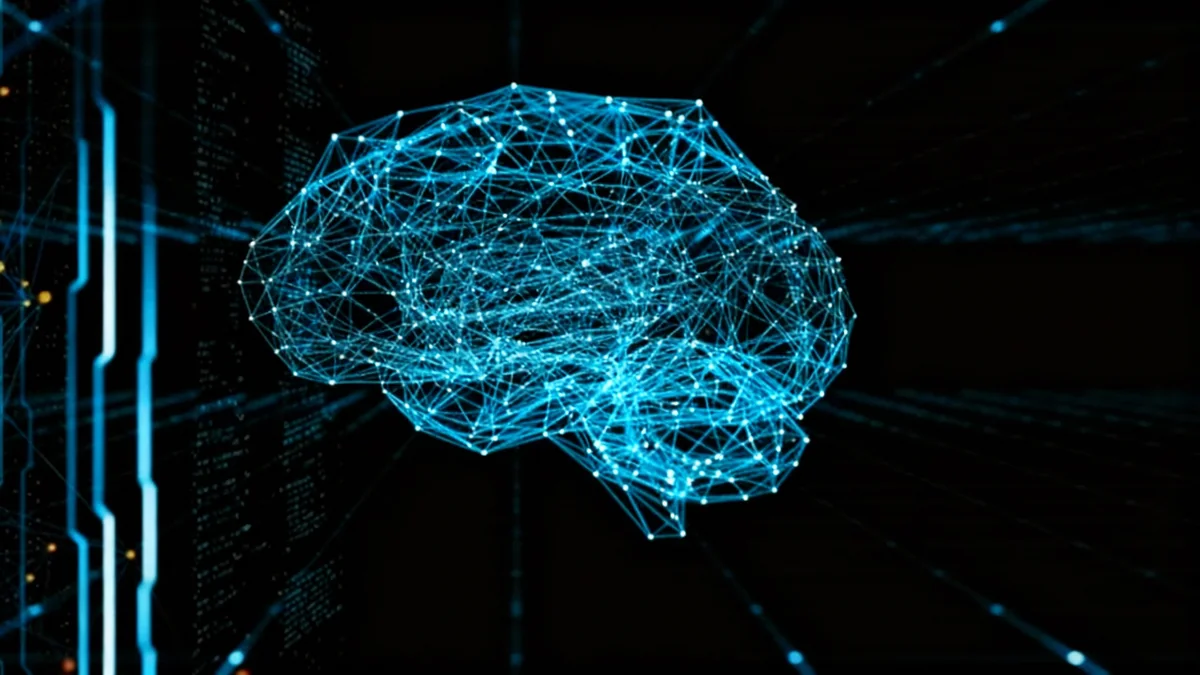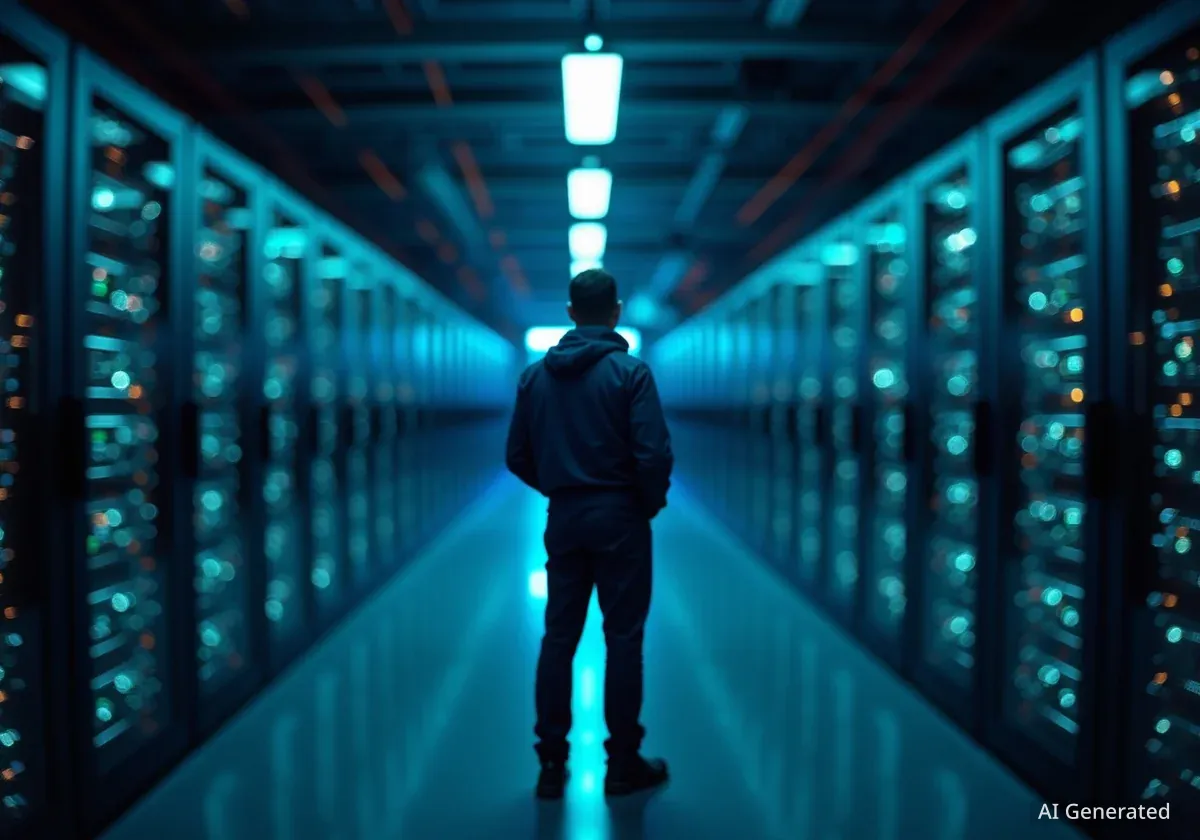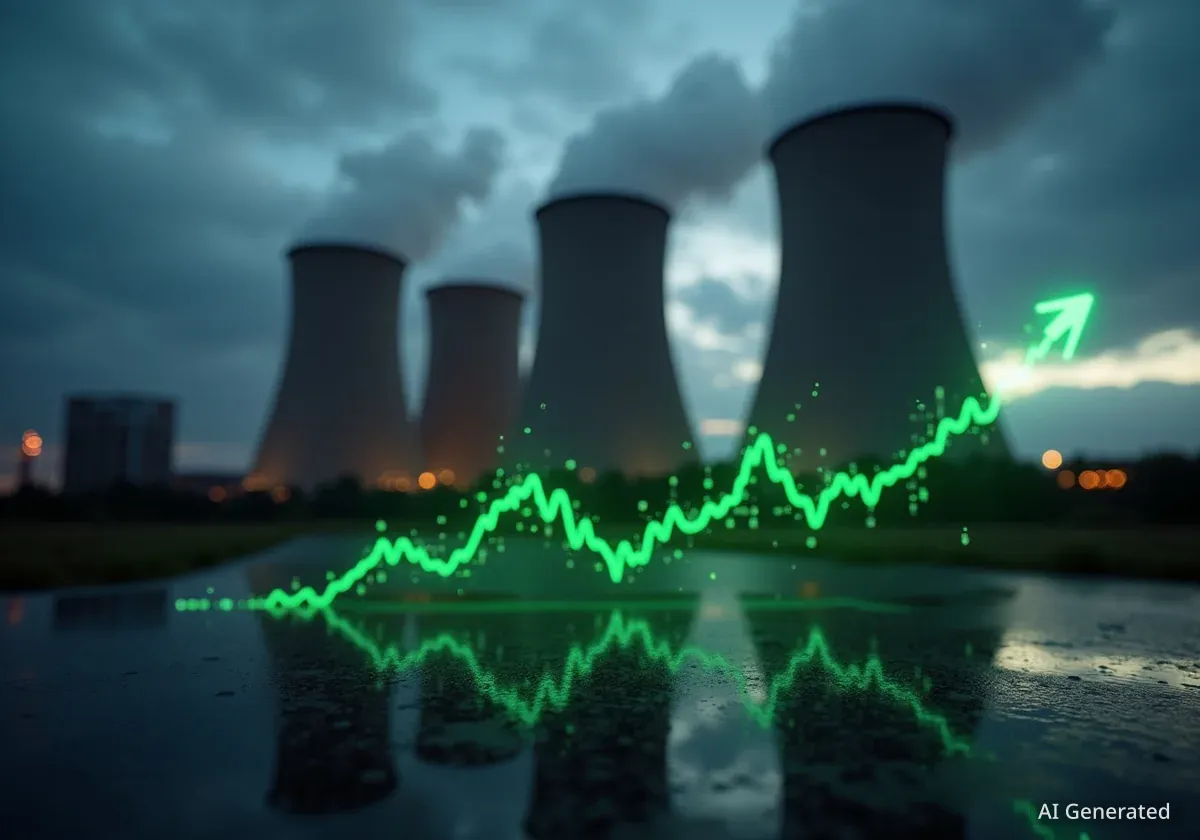Microsoft has an inventory of powerful artificial intelligence chips it cannot use, according to CEO Satya Nadella. The problem is not a shortage of technology, but a more fundamental resource: electricity. The company lacks sufficient power and prepared data center facilities to plug in all the GPUs it has acquired.
This revelation shifts the narrative around the AI industry's primary challenge from securing advanced processors to building out the vast energy and physical infrastructure required to operate them. The disclosure highlights a critical bottleneck that could slow the pace of AI development for major tech firms.
Key Takeaways
- Microsoft CEO Satya Nadella stated the company has AI chips it cannot power on due to energy and infrastructure limitations.
- The primary bottleneck for AI expansion is now shifting from GPU supply to power availability and data center construction.
- The immense energy demands of AI are contributing to rising consumer electricity costs and calls for massive investment in new power generation.
- Industry leaders like OpenAI's Sam Altman envision future AI models running locally on consumer devices, which could disrupt the need for massive, centralized data centers.
The Real AI Constraint Emerges
For years, the conversation about AI advancement has been dominated by the availability of specialized graphics processing units (GPUs). However, in a recent interview, Microsoft CEO Satya Nadella revealed a different and more pressing issue.
"The biggest issue we are now having is not a compute glut, but it’s power," Nadella explained. He was speaking alongside OpenAI CEO Sam Altman on the Bg2 Pod podcast, where he addressed the industry's supply and demand dynamics.
"You may actually have a bunch of chips sitting in inventory that I can’t plug in. In fact, that is my problem today. It’s not a supply issue of chips; it’s actually the fact that I don’t have warm shells to plug into."
Nadella's mention of "warm shells" refers to data center buildings that are fully equipped with the necessary power, cooling, and networking infrastructure, ready for servers to be installed. His statement indicates that Microsoft's ability to build these facilities is now lagging behind its ability to procure the AI hardware to fill them.
What is a Data Center Shell?
A data center 'shell' is the physical building constructed to house servers. A 'warm shell' is a more advanced stage, where the building is not only complete but also has all essential infrastructure like power substations, high-capacity electrical wiring, industrial-scale cooling systems, and fiber optic connectivity installed. It is essentially a plug-and-play environment for server racks.
The Soaring Energy Demands of AI
The problem identified by Nadella is not unique to Microsoft. The entire technology sector is grappling with the enormous energy consumption required by large-scale AI models. Training and running these systems requires vast server farms that consume electricity on a scale comparable to small cities.
This surge in demand is already having real-world consequences. Reports indicate that the construction and operation of massive new data centers are contributing to rising electricity bills for consumers in some regions. The strain on existing power grids is becoming a significant concern for both tech companies and utility providers.
A Call for More Power
To address this growing need, OpenAI has reportedly urged the U.S. federal government to support the development of 100 gigawatts of new power generation annually. This is seen as a strategic necessity to maintain a competitive edge in the global AI race, particularly against China, which has made substantial investments in nuclear and hydropower.
The industry's response has been to explore alternative energy sources. Many major tech companies are now investing in research and development of small modular nuclear reactors (SMRs) as a potential long-term solution to provide clean, consistent power for their ever-expanding data center footprints.
A Future on Your Phone?
While companies are spending billions on centralized data centers, a potential technological shift could change the landscape entirely. During the same discussion, OpenAI's Sam Altman spoke of a future where AI models are efficient enough to run locally on consumer hardware.
"Someday, we will make a[n] incredible consumer device that can run a GPT-5 or GPT-6-capable model completely locally at a low power draw," Altman projected. This vision points to a future where the heavy computational work of AI happens on a personal computer or smartphone, rather than relying on a connection to a remote data center.
This potential development presents a significant risk for companies making massive capital investments in centralized infrastructure. If advanced AI can run locally, the demand for cloud-based AI services could be substantially lower than many current forecasts predict.
The Risk of an AI Bubble
The immense capital flowing into AI infrastructure has led some analysts to warn of a potential economic bubble. The current valuation of companies in the AI space is estimated to be nearly $20 trillion in market capitalization. This valuation is built on the assumption of continued, exponential growth in demand for centralized AI computing.
If technological advancements in semiconductor efficiency allow for powerful local AI, as Altman suggests, the foundational premise for many of these investments could be undermined. While large data centers would still be necessary for training new and more complex models, the demand from everyday users could shift away from the cloud.
The current energy bottleneck is the most immediate hurdle. But the long-term question of whether AI's future is in the cloud or in our pockets remains a critical uncertainty for an industry betting its future on building the world's largest machines.





